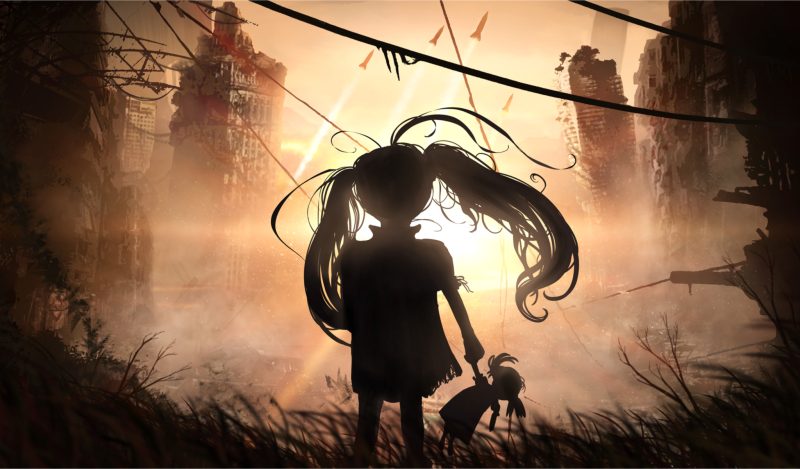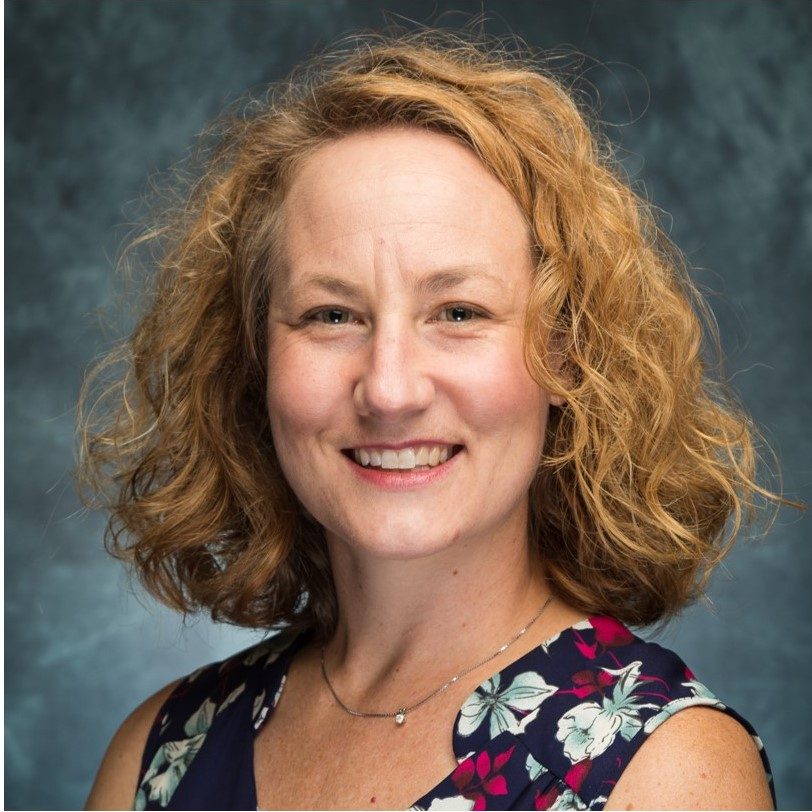The day Friday, March 13, 2020, is a day that many people will remember as the day the world came to a halt. Two weeks to flatten the curve, but I knew better.
I knew the disaster that would ensue for our young people. I sat among my colleagues and bitterly wept. I knew if these measures were acceptable for “two weeks,” our nation would be fighting the uncontainable viral force for years. Pandemics do not last for two weeks, they last for years.
Our family had reached a precarious balance that would tip toward misery. I sat in cognitive dissonance, “Why would we clamp down the young for the old and infirm?” We knew of the steep stratification of risk from SARS-CoV-2 from the beginning.
In March of 2020, my daughter had been out of inpatient treatment for severe anorexia for three months, a curse we had been fighting for two years, completely falling apart as she entered her freshman year of high school. Less than two weeks after her release, we lost her biggest fan, her grandfather, my father.
When the world shut down and snatched routine from our family, I did not have to be a genius to know the harm that would befall our family; the profound pain and hardship this would inflict on our family. Our family fell into deep despair, but no one cared. If we disagreed with the lockdown, we were grandma killers.
I am no stranger to depression, I have made familial infirmity my unfriendly companion. I had long fed my depression good food, exercise, spiritual practice, and meds to keep him from completely enveloping my being. I had found my formula, but under the government decree of stay at home, the talons of depression dug into my soul. I had the skills to sit with the beast and eventually calm its fury, yet my beautiful daughter began to dance with devilish depression—becoming suicidal and turning toward bulimia.
I sit in a peculiar border between my white-collar faculty position at a state branch university and my marriage to a blue-collar shift schedule of a first responder. “Stay at home, do not come to work, put your classes online, but please, please send your husband to the firehouse,” the authorities said. How do you quarantine a sick individual in a modest home with kids who need their father? Were hotels even open during that time? Stay at home orders made little sense in our family.
We had food, we had shelter, and we ordered another computer for my son’s schooling. I sent my youngest child to pre-K because that had not shut down. I examined the data; he was not at risk. My family was not at risk physically. We had resources, and we were still struggling mentally. I worried about my first-generation students, single-parent households, kids in abusive homes, and all the teenagers isolated and lonely.
Where did the public health apparatus go? The one I taught about at university. The one that recognizes the eight dimensions of health. The one that meets people where they are. The one that is mediated by harm reduction, evidence-based practice, and wants students to know the appropriate inferences drawn from observational and experimental studies.
Where were the messages of care and resources to those in need—physically, financially, socially, and spiritually?
I believed that the pain would end in the fall of 2020. I believed that my kids would all go back to a school routine, and our struggles would melt away. Europe was doing it; their kids were not dying in the streets. I thought my children’s private schools would all be open.
My young boys indeed did attend in person, yet the blue county of our residence was a more powerful force than our privilege. I made no friends fighting for my daughter, fighting for all the voiceless children. I wrote the school, administrators, the county health department, the governor. I used my credentials in the best way I knew.
I researched. I read. I wrote. Schools are not a driver of disease spread, our children are not at risk, kids are not infecting teachers, but no one listened. The precautions were more important than the social development and mental health of the young. I was frustrated; I still harbor anger. No one apologized. No one took responsibility.
I fought but it was not enough for my teenager, and my daughter is not alone. Teen girls fared the worst in the pandemic—profound increases in teen pregnancy worldwide, a 50% increase for inpatient admission for suicidal ideation in teen girls in the United States, and dreadful eating disorders diagnoses increased by 50 to 100% according to different reports worldwide.
These harms pale in comparison to the lost education, sexual abuse, childhood marriage, and starvation, especially for girls, worldwide. My daughter has recovered. She is on the road to thriving. How many young peoples’ lights no longer shine?
The damage is done. What do we do now? How do we unpack the nihilism and bring back their youth? Why are we continuing to mask, contact trace, withhold memories, cancel events, and resort to online learning in the name of an endemic virus no one has been able to control? Covid is the puppet master; the virus is laughing, as it watches us dance and dart to control the uncontrollable.
As our family begins to search for a future college, the question is not, which is the best education. The questions we have are which institution is most likely to provide in-person education, allow my kid to socialize, take off her mask, and make all those crazy memories afforded to many prior generations of college students.
Policy needs to change immediately to prioritize our youth, ending the cycles of absurdity, anxiety, and fear that should have never been our children’s responsibility to shoulder.
Join the conversation:

Published under a Creative Commons Attribution 4.0 International License
For reprints, please set the canonical link back to the original Brownstone Institute Article and Author.









